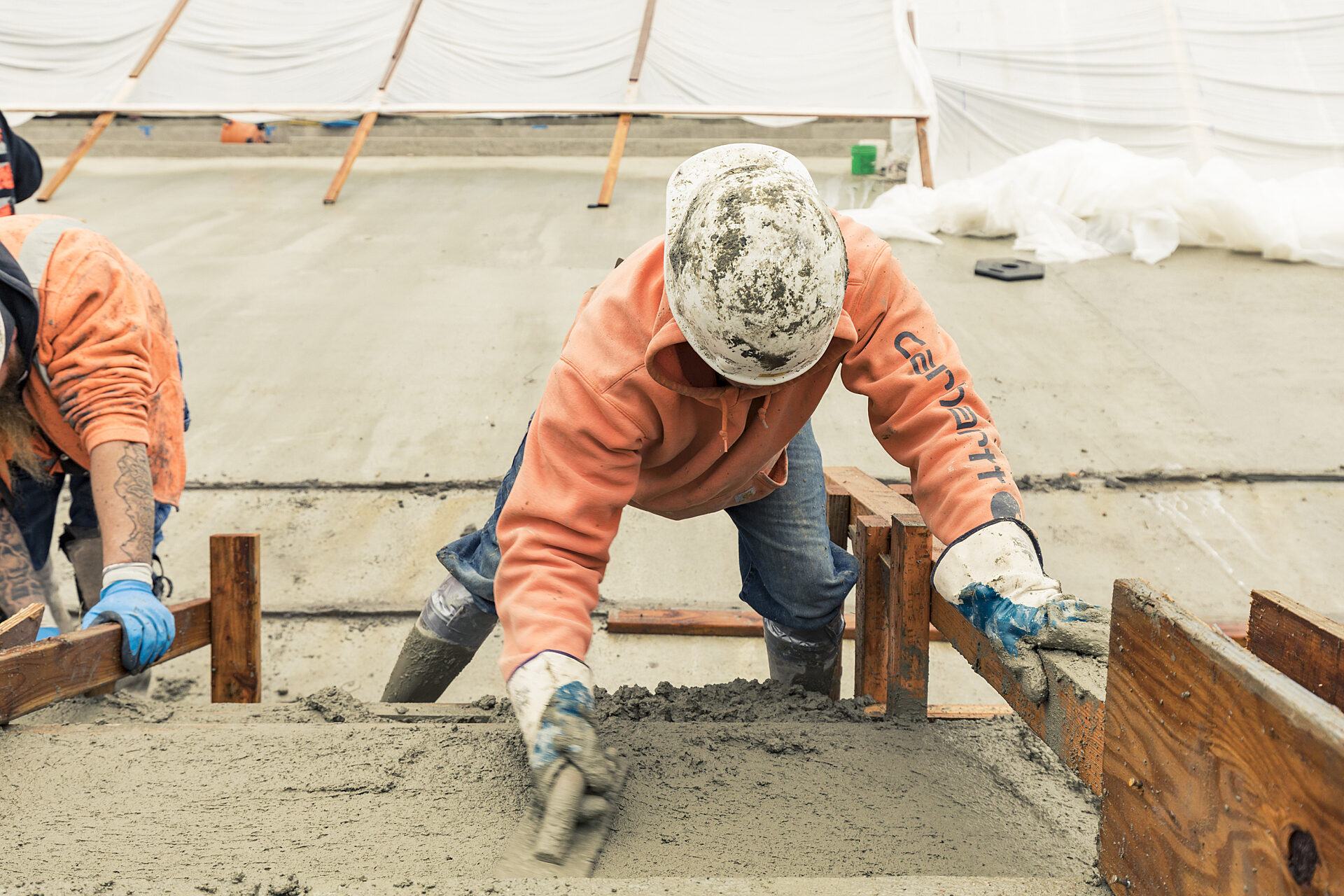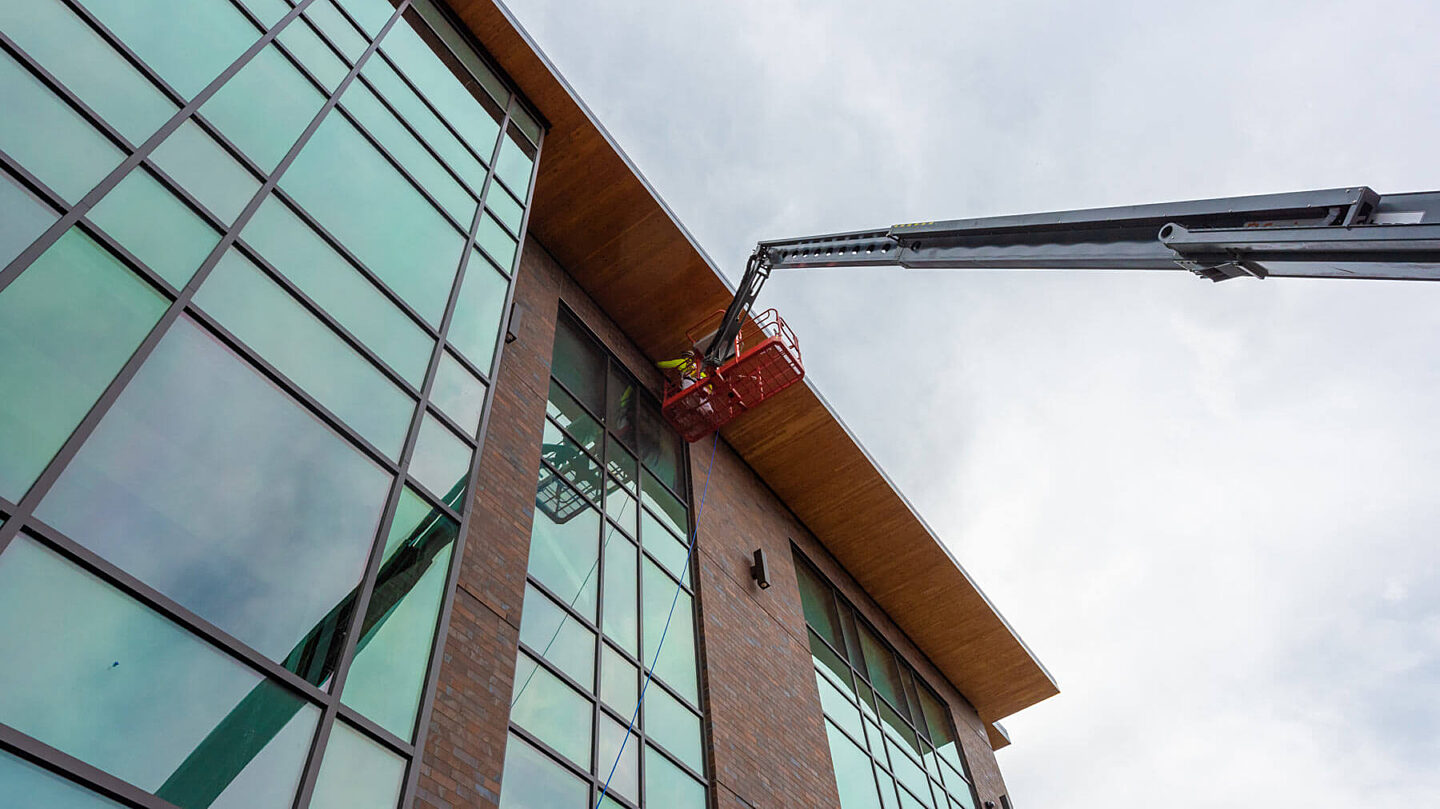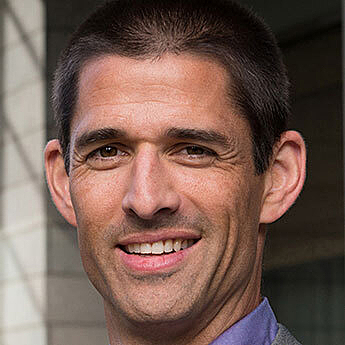Sustainability

News 03.13.2024
Concrete + Carbon Reduction: Challenges, Innovations, and a Sustainable Future
NAIOP WA blog post explores the role concrete and cement can play in reducing embodied carbon in our buildings.
NAIOP WA
External Source


In 2017, we published a brief synopsis about the future of cross laminated timber [CLT]. In the three short years since, interest in sustainable construction continues to gather significant momentum and our knowledge about new products like CLT continues expanding. With heightened environmental awareness—backed by strong leadership from our industry pushing for code reformation—our region is now poised to take advantage of the multiple benefits offered by mass timber structures. Clients are paving the way with an increased focus on finding more sustainable ways to build and lower carbon footprints. We are excited to support them on these journeys.

As part of the Microsoft Campus Modernization project team, GLY supports the corporation in achieving its goal to be carbon negative by 2030. The new campus, shown in the rendering above, is well underway and incorporates an extensive list of sustainable elements.
In the face of increasing concern about the climate crisis, local jurisdictions also focus efforts on carbon reduction:
Producing one ton of concrete emits nearly one ton of carbon dioxide into the atmosphere. Sustainable wood production sequesters carbon. CLT is made from forest waste that is often burned. Transforming this waste material into a versatile, fire and earthquake resistant building material can displace carbon intensive products like concrete and be part of an effective, carbon-friendly forest management strategy.

GLY, Coughlin Porter Lundeen, and VIA Architecture supported Rowley Properties through various systems studies to optimize the use of CLT on 2005 Poplar, a new four-story mixed-use office building in Issaquah, Washington. Completed in October 2020, the building showcases a CLT roof that is exposed to fourth-floor tenants and a feature wall and stair that expands ground to roof-top.
Individually and together, GLY is on a path of continuous improvement. We never stand still, or stop learning and questioning. Working as a team to achieve shared goals is deeply embedded in our culture, and our history. As a proudly born and bred Pacific Northwest company, everyone at GLY shares a passion for our great outdoors. In 2012 GLY was one of the first to join Forterra’s carbon mitigation program, which plants trees to absorb carbon over their lifetime. Many of our GLY families enjoy spending weekends planting trees in parks across our region, working hard to do what we can to protect and restore this corner of the planet we call home.
Achieving more sustainable outcomes for our clients and for GLY is a key area of focus for me in my role as Principal. I recently attended the virtual ILFI Zero Carbon conference with Laura Soma, GLY’s Sustainability Specialist. It was empowering for us to hear from the speakers and learn about real examples of truly sustainable approaches for getting to zero carbon.

In 2012 GLY became a founding member of Forterra’s Evergreen Carbon Capture Program and voluntarily measured our carbon output. Every year since, we purchase and plant trees throughout the region to mitigate our carbon footprint. In 2019 we took it a step further and adopted our very own park where we plant our trees and care for them throughout the year.
Sustainability is a journey, not an end. There is always more we can do and new ways to apply thinking and technology to solving the world’s pressing climate crisis. We need no further motivation than our love for our region; after all, GLY’s founders were motivated to make their temporary work relocation to Seattle from the Midwest a permanent one specifically because of its natural beauty. There are steps we can take right now towards a zero carbon future, and many of them start with our individual choices and what we’re doing not only on the job, but also at home.
We can’t offset what we don’t measure. Several online tools are available to help determine a building’s carbon footprint. Life Cycle Assessment [LCA] tools can help us make the right choices during design and set baselines for back checking as we progress through design and into construction. Several to consider include ZGF’s Concrete LCA Tool, the EC3 [Embodied Carbon Construction Calculator] tool, and Tally.
Also, remember that to address total carbon footprint, projects need to account for both embodied carbon and operational carbon to find total carbon: EC+OC=TC. Only then can you really say you are addressing your carbon footprint.
2030 will be too late to start. Join us and start now.
Tags:

Principal+Senior Project Manager
LEED Green Associate
A Northwest native who embodies every aspect of GLY’s collaborative, community-centered approach, Bryan provides leadership on projects in the heart of thriving residential, educational, and corporate campuses that are fully occupied during construction. His unique skills, personality, and temperament make him ideally suited to work within occupied settings to safely and expediently deliver new construction nestled in with renovated spaces. Bryan oversees GLY’s Sustainability Advocacy Group and helps identify and implement strategies that reduce GLY’s operational carbon footprint. He and his family enjoy all the outdoor activities the PNW has to offer, including boating in the summer and skiing in the winter.